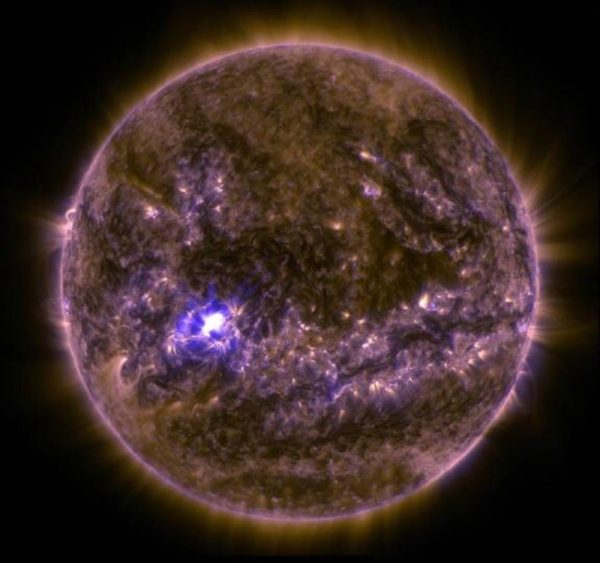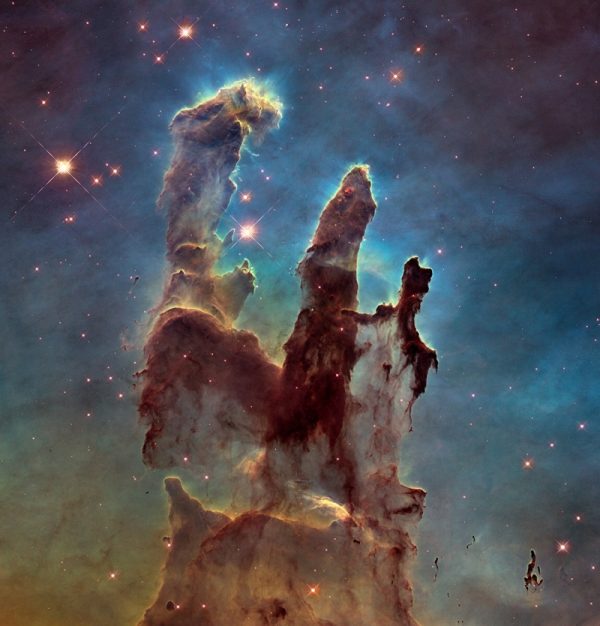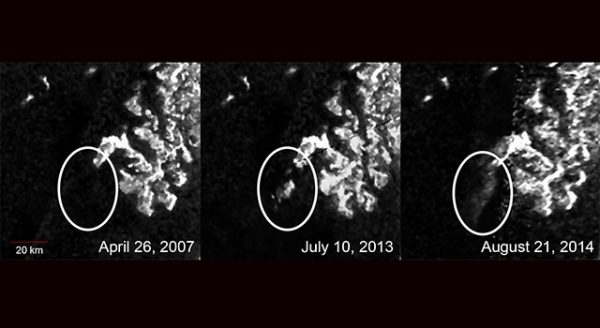What are you afraid of? The wrong things — according to Søren Ekelund
A few weeks back, I met Søren Ekelund. We were both invited to a Halloween party at the house of the first people who travelled around the globe in an electric car — a car that Søren himself had helped build. The car was a converted Nissan Qashqai and it had some trouble charging. After […]
What are you afraid of? The wrong things — according to Søren Ekelund Read More 👉


